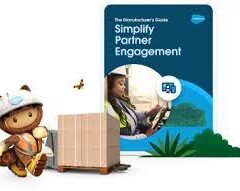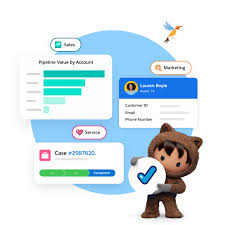Collaborative BI combines BI tools with collaboration platforms, enabling users to connect data insights directly within their existing workflows. This integration enhances decision-making by reducing misunderstandings and fostering teamwork through real-time or asynchronous discussions about data.
In traditional BI, data analysis was handled by data scientists and statisticians who translated insights for business users. However, the rise of self-service BI tools has democratized data access, allowing users of varying technical skills to create and share visualizations. Collaborative BI takes this a step further by embedding BI functions into collaboration platforms like Slack and Microsoft Teams. This setup allows users to ask questions, clarify context, and share reports within the same applications they already use, enhancing data-driven decisions across the organization.
One real-life time saver in my experience is being able as a marketer to dig in to our BI and generate lists myself, without depending upon a team of data scientists.
Benefits of Collaborative BI
- Improved Decision-Making: Collaborative BI centralizes data access, making insights easily shareable across teams. Users can discuss and clarify reports, reducing context loss and breaking down information silos for more consistent, informed decisions.
- Employee Empowerment: Self-service capabilities in collaborative BI foster a data-driven culture, letting users generate, analyze, and share reports independently. This empowerment boosts productivity, engagement, and alignment with organizational goals.
- Enhanced Data Quality and Efficiency: With centralized data entry and access through a single BI platform, users improve data organization and streamline workflows, keeping data current and reducing redundancies.
- Strengthened Data Security: Centralizing data within a collaborative BI tool simplifies data governance and allows for fine-grained permissions, ensuring sensitive information is secure and accessible only to authorized users.
Leading Collaborative BI Platforms
Several vendors offer collaborative BI solutions, each with unique integrations for communication and data sharing:
- IBM Cognos: Integrates with sources like SQL databases and Amazon, featuring mobile accessibility and Slack integration for easy report sharing.
- Microsoft Power BI: Works seamlessly with Azure and 365 apps, embedding insights within familiar tools like Excel and Teams.
- Qlik Analytics: Designed for all skill levels, Qlik offers alerts based on roles and lets users share content beyond account holders.
- Tableau: Equipped with tagging and commenting features for seamless collaboration, accessible across desktop and mobile.
- Yellowfin: Known for its Timeline feature, which functions as a social feed, Yellowfin enables real-time interaction with BI content on any device.
Collaborative BI bridges data analysis with organizational collaboration, creating an agile environment for informed decision-making and effective knowledge sharing across all levels.
🔔🔔 Follow us on LinkedIn 🔔🔔













